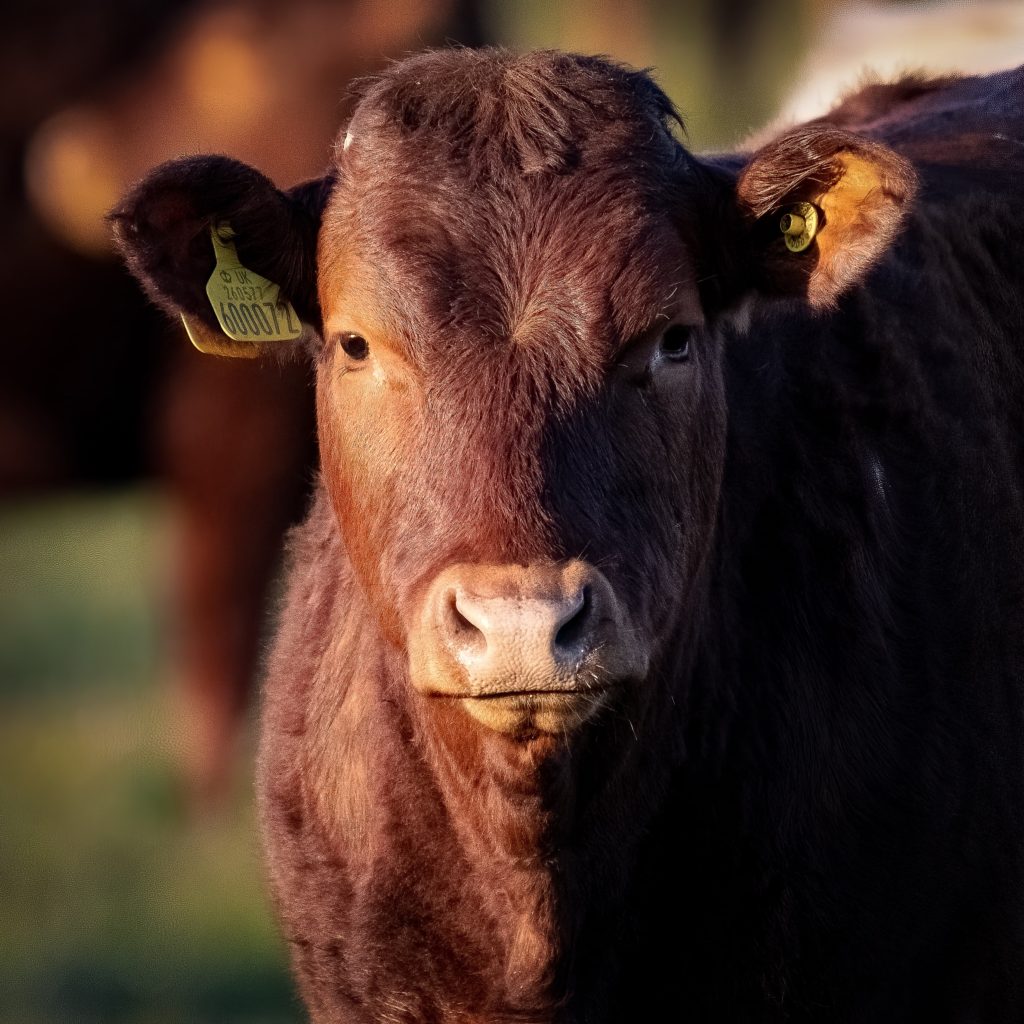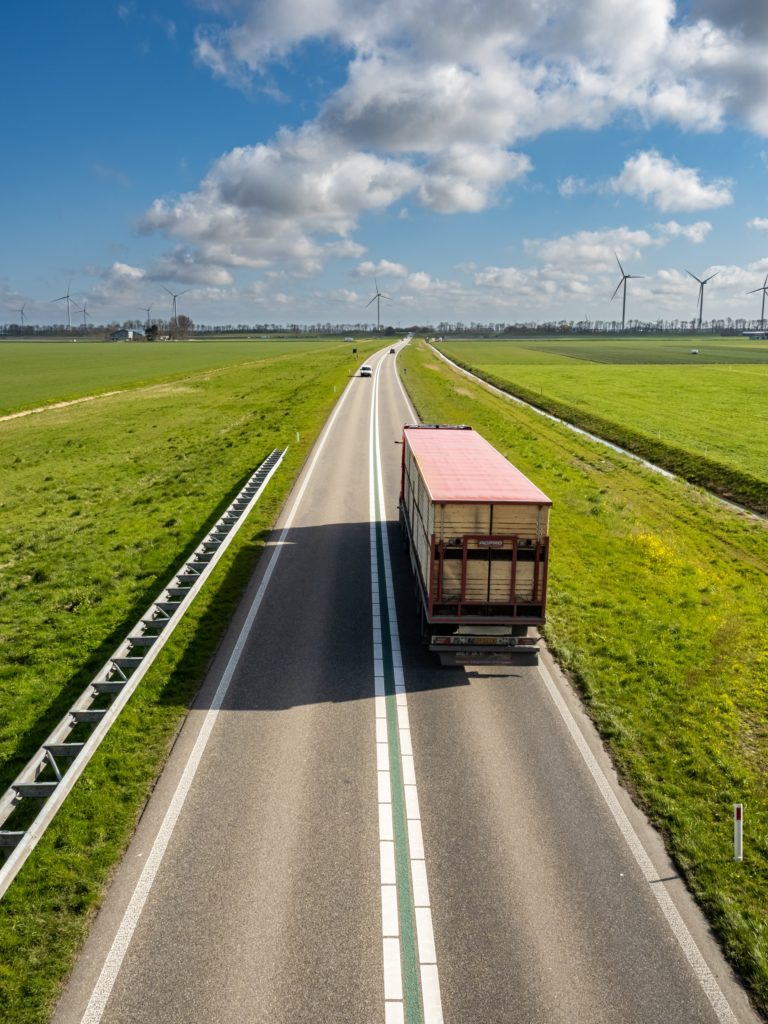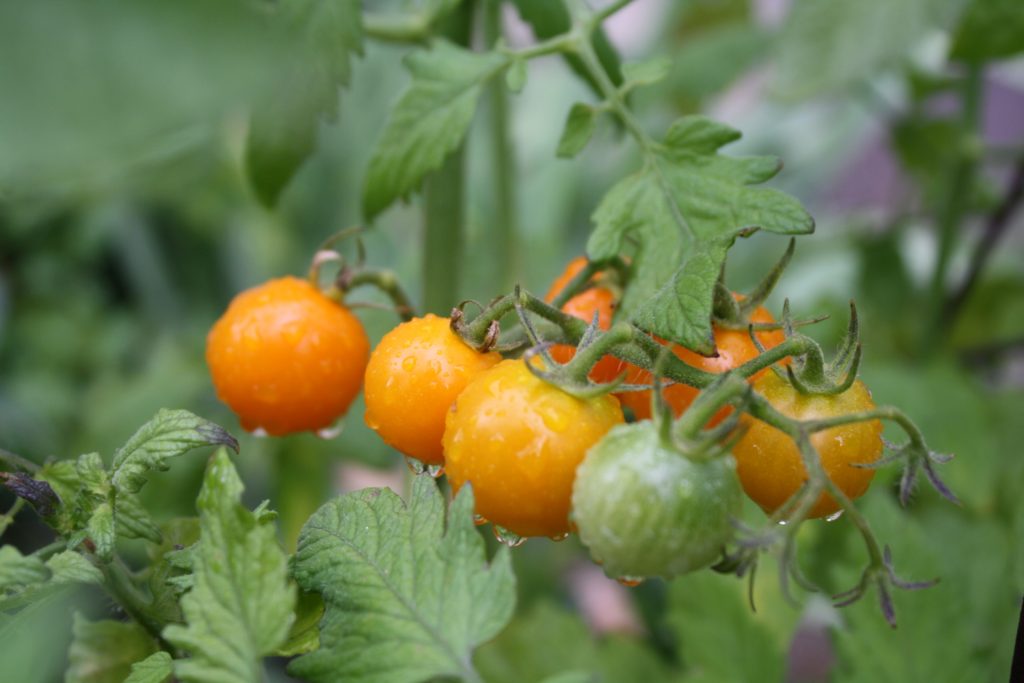Did you know food travels an average of 2,400 kilometers from farm to table?? According to Brian Halweil—author of the book Eat Here—lettuce may be shipped up to 500 miles away from its harvest site as part of the mainstream large-scale inspection and distribution systems before it arrives at the store–just 25 miles from where it was grown. The inefficiencies of the modern food chain are truly ridiculous. That’s why buying locally-grown food is one of the best ways to help the environment.
Organic Or Local?
For a long time, I recommended organic foods first and foremost to clients without considering where they came from. Then, I read Halweil’s book and it was a game-changer. Foreign-grown organic foods lose their lustre once you consider this: the foods labeled ‘certified organic’ and grown in California are still resource-intensive to produce. Consider the water that must be piped in from other states, the plastic packaging designed to prevent damage during shipping, and the fuel required to transport them to eastern North America. Organically grown foods are just as reliant on fossil-fuel- powered transportation as conventionally grown foods. It`s then trucked for days before it even arrives in your local supermarket. So by the time you purchase your groceries, that produce could be weeks old, with reduced nutritional value. These are the reasons why locally-produced foods are a better choice than long-distance organic food.
Become a locavore: Eat local!
A locavore is an individual whose diet is based on the food harvested, produced and processed within a 100-mile radius from their home. With a recent resurgence of interest in climate change issues, more and more people are looking to purchase local instead of internationally-grown foods to reduce their ecological footprint. Take parsley, for instance, It’s a resilient herb that can grow in almost any climate. So if you reside in North America, doesn’t it just make more sense to buy a locally-grown bunch of parsley instead of one of those expensive pre-packaged snippets from Israel?

It’s not just produce that we can switch to local. What about meats? If you eat meat, wouldn`t you feel better about eating locally-raised and finished livestock instead of meat produced and packed 3000 kilometers away? After all, beef is one of the most resource-intensive foods—taking about 15 pounds of grain and 2600 gallons of water to produce a pound of meat. Add to this the environmental costs of processing, packaging, refrigeration and long-distance transportation and you will see that local, small-scale meat production is the better environmental choice of the two options.
Think Like Your Grandparents
True: eating only 100% locally-produced food is challenging and limiting, especially in Canada where the growing season is shorter—but it’s not impossible. My maternal grandparents did not own a car. Their northern-Quebec backyard garden grew enough vegetables to last all year! What they couldn`t use all at once, they preserved and stored in their root cellar to ensure a winter’s supply. I fondly remember the cabbage—used for cabbage rolls, borscht and sauerkraut; the pickled cucumbers and beets, soups made from their carrots, dill, garlic and onions, and jam made from wild blueberries they picked themselves. That`s how they managed to eat mostly home-grown food year-round.
You Can Do It, Too
My goal every summer is to buy any food that is currently available locally and in-season instead of its supermarket cousin. Since there are no locally-produced fresh apples until Autumn, I eat locally-grown strawberries and raspberries instead. Instead of carrots from California, I buy Ottawa Valley-grown carrots. I wait until corn on the cob is locally harvested and enjoy it the day it was picked. Am I perfect at it? Of course not. But I feel good about the efforts I am making to eat as much locally produced food as possible.
Where to Find Locally-Grown Food
Where do I get all these locally grown foods? I find them at various farmers’ markets, across the city. Every weekend, local farmers sell their harvest in the city at an outdoor booth situated with other farmers’ wares. (For a listing of Ottawa farmers’ markets check out this page.) Once at the market, I like to ask each vendor I’m interested in where their farm is located. Knowing this information gives me the reassurance that the vendor is not simply operating a pickup station for foreign-grown produce. So if you see avocadoes at your local farmers’ market, ask yourself: can avocadoes grown in my region? (If you’re in Canada, the answer is no.) Don’t be afraid to ask these questions of the vendors. The opportunity to do so is another bonus of shopping at farmers’ markets!



